The walk in Luxembourg in Paris called "the privileged"
Oil on canvas
46.5 x 37.5 cm
Signature difficult to read and not deciphered at the bottom left
good conditon - restorations - no frame
The sculpture located at the bottom right of the composition is identifiable: it is the "Faune flûteur" after the antique from the Borghèse collection, makes it possible to locate the scene in the Luxembourg garden (Paris). Our painting depicts a scene in the alley of a public garden: a nurse walking a young girl, escorted by a young servant, and constitutes a typical scene of Parisian life under the Second Empire. The little girl, whose expensive lace outfit, white ankle boots and feathered hat indicate that she comes from high society. The nurse in the impeccable white dress and apron, as well as the young black servant wearing a top hat and frock coat confirm this high social status. The divergent gazes of the three characters, each absorbed in their own thoughts, reveal the invisible borders that separate them. The class difference between the two children is also marked by the contrast between the light shrouded in the little girl dressed in white, in the center of the composition, and the shadow in which the black servant standing behind her is relegated. At the end of the aisle, several seated women, some carrying a baby, probably wet nurses, seem to be talking.
There are also other walkers: a man in a top hat and women with umbrellas. Walks for recreational or social purposes in parks and gardens had already been practiced by the bourgeoisie and the aristocracy since the 17th century, when Louis XIV opened the Tuileries garden to the public, then in the 18th century, when Louis XV did the same for the Bois de Boulogne and Vincennes. The opening of the Luxembourg Gardens awaited the Revolution. This practice took on an unprecedented scale under the Second Empire, with the redevelopment by the Service des Promenades et Plantations de Paris of gardens, parks and woods and the creation of twenty-four squares. If the people then invested the squares, the high society however preferred the historic gardens, those of Luxembourg and the Tuileries in particular.
While slavery had been definitively abolished in 1848, the freed blacks in metropolitan France, who for the most part had become servants, dockers or acrobats, were still in effect second-class citizens, victims of racism. In the public space of a garden, this canvas therefore depicts, through the attitudes and clothing of the protagonists, the very codified social relations that, in the middle of the 19th century, were maintained by the children of the upper classes, their nurses and their servants."
ref: Lucie Niccoli, "A social walk in a Parisian garden", History through images, article from September 2021.



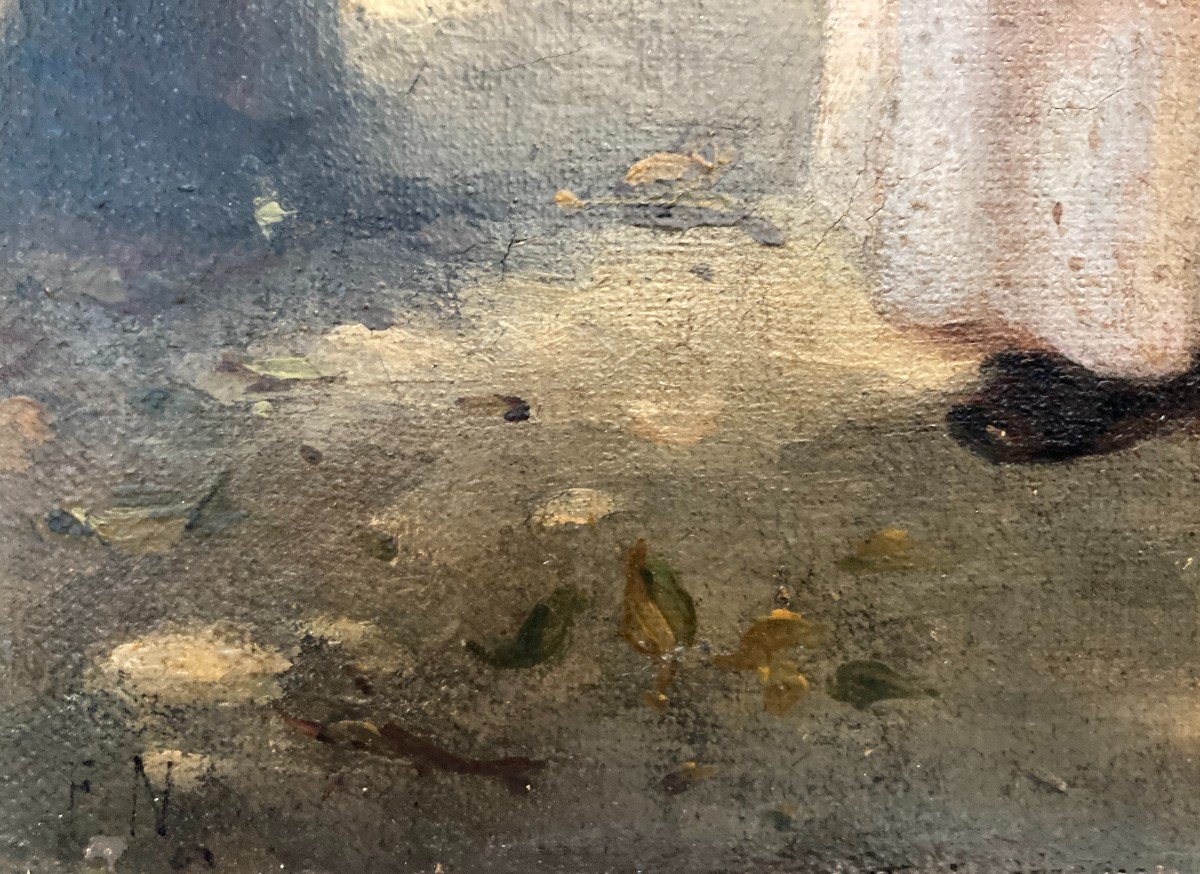
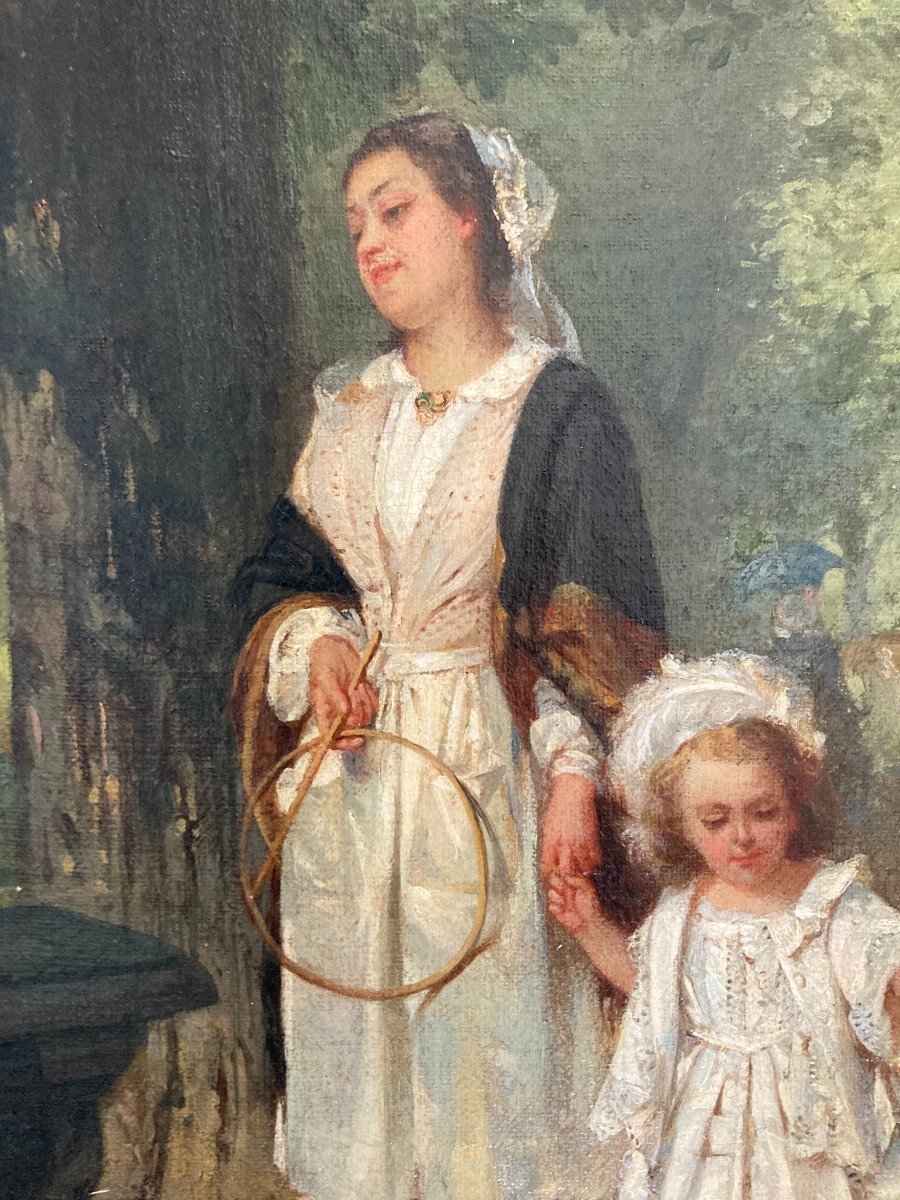
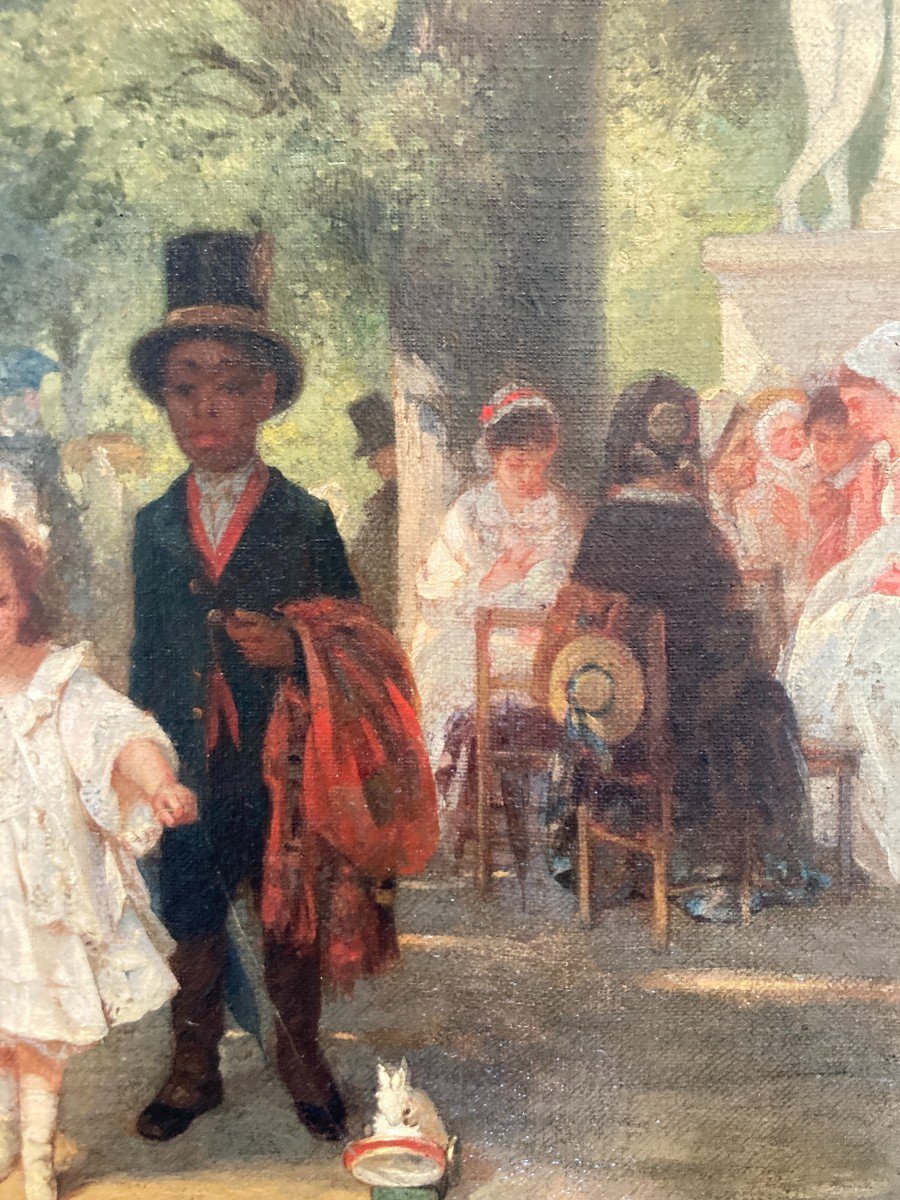














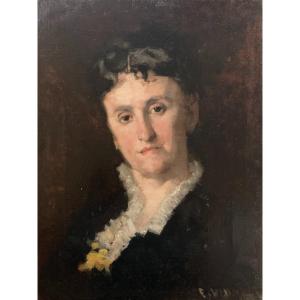


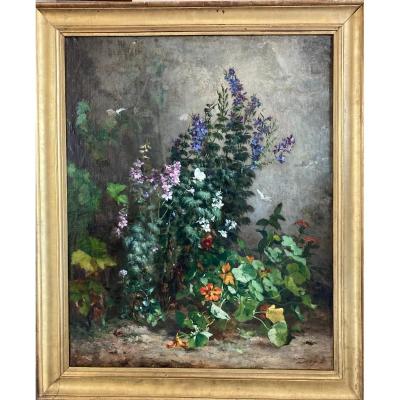

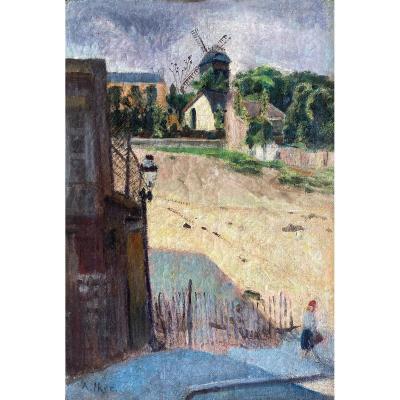








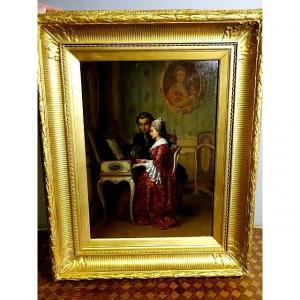



 Le Magazine de PROANTIC
Le Magazine de PROANTIC TRÉSORS Magazine
TRÉSORS Magazine Rivista Artiquariato
Rivista Artiquariato